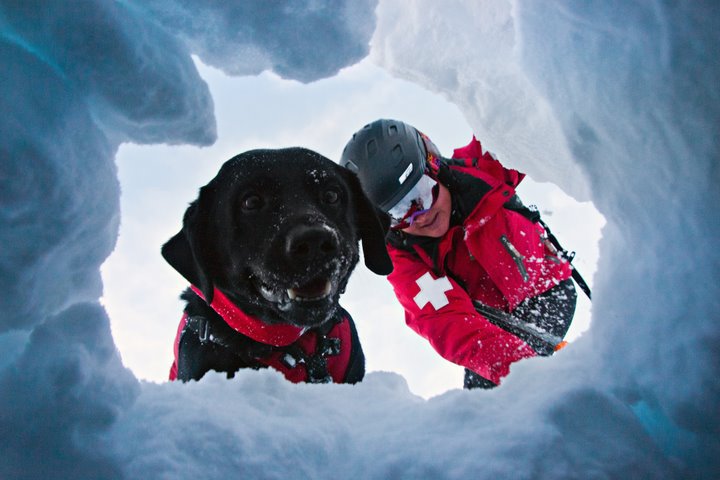
Staying Safe at SNARL
Safety at the Sierra Nevada Aquatic Research Laboratory is a high priority. It is important to understand some following safety information when visiting VESR as the reserve has the potential to expose visitors to potential risks.
Hydration and UV Exposure
The eastern Sierra is an extremely dry environment, and it is essential to stay hydrated. Drink at least twice as much water as you normally would in a more humid, coastal environment. Sun exposure at our high elevation is also much more intense than at sea level; UV radiation is more than 25% greater than at sea level. It is essential to apply sunscreen and cover and protect your skin to avoid sunburns and skin cancer.
Wildlife
The reserve has abundant open spaces for wildlife. Deer, coyotes, bears, and mountain lions are active on both reserves. We take our interactions with bears very seriously for both the safety of our visitors and the bears. “Problem” bears that interact with humans and learn to eat human food and trash are often killed. Do not feed any wildlife. Keep all food and trash out of your cars, and properly store food inside your cabins. Do not approach bears or mountain lions. Avoid hiking or jogging at dawn and dusk and at night alone.
First Aid and AED
Basic first aid stations and kits are stored in the main buildings at SNARL. It is best to bring your own kit if you need specific items or medications. The reserve also has an automated external defibrillator (AED). It is located just inside the front door of the Headquarters Building.
Lab Safety
If you plan to use the laboratory, please schedule in advance with our Laboratory Manager, as you will need to compete the UCSB Lab Safety training. See the UCSB Lab Safety page for additional laboratory safety information.
Elevation, Altitude, and Acute Mountain Sickness
The reserve is located at about 2150 meters (7050 feet) above sea level. If you are traveling here from lower elevations, you will likely notice shortness of breath and fatigue, and may experience headaches, nausea, or sleeplessness. Acute mountain sickness is caused by the reduced percentage of oxygen at this elevation. To reduce the severity of these symptoms, limit strenuous activity and alcohol consumption, drink lots of water and get plenty of rest. Most people feel better within a few days.
Field Safety
If you plan to travel into the backcountry for your research or class, it is essential that you are prepared. Create a travel plan and notify someone who is not traveling with you on where you are going and when you plan to return. Make sure that you have maps and are prepared with adequate clothing, food and water. Mountain conditions in the Sierras can change rapidly. Be prepared for rain, lightning, and snow. Know what to do if you get lost, how to treat your water, how to prevent hypothermia, and how to protect yourself from the sun. For your safety and the safety of wildlife, know how to store your food properly. If you are traveling in winter conditions, study the snow and avalanche conditions and be prepared and trained in the use of snow safety gear (avalanche beacon, probes, shovel); always travel with a buddy. More backcountry safety information is available in binders in our facilities. For additional field safety information and training, please visit the UCSB Field Safety Training page.
Diseases Transmitted by Wildlife
Keep an eye out for mice or mouse droppings in your units, and let us know if you see evidence of mice, and we will set traps. If you see mouse droppings, spray the area with the bleach solution (in your cleaning supplies) before cleaning the area. Mice are known to carry Hantavirus, which can be transmitted to humans when fresh feces are stirred up, and the virus becomes airborne. Please refer to the Hantavirus fact sheets in the residence binders for more information.
Although ticks are not very common at our elevation, they have become more common in recent years as the climate has warmed. Ticks can transmit a variety of diseases, including Lyme disease. Please see the fact sheet in the residence binder for more information. Wear tick repellent and check your body for ticks every day. See a doctor if you develop a bulls-eye rash, fever or severe joint pain after being bitten by a tick.
Mosquitos can transmit a variety diseases including West-nile virus. The best protection is to prevent yourself from being bitten by mosquitos. Cover your skin, especially in the evening, and use mosquito repellent.
